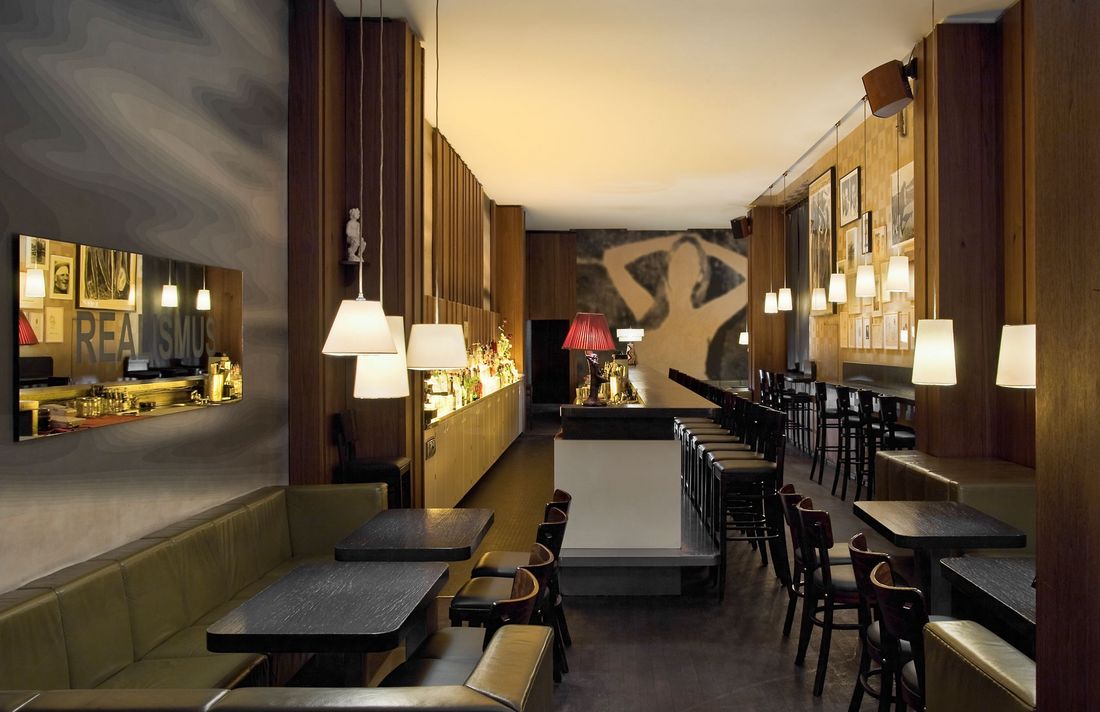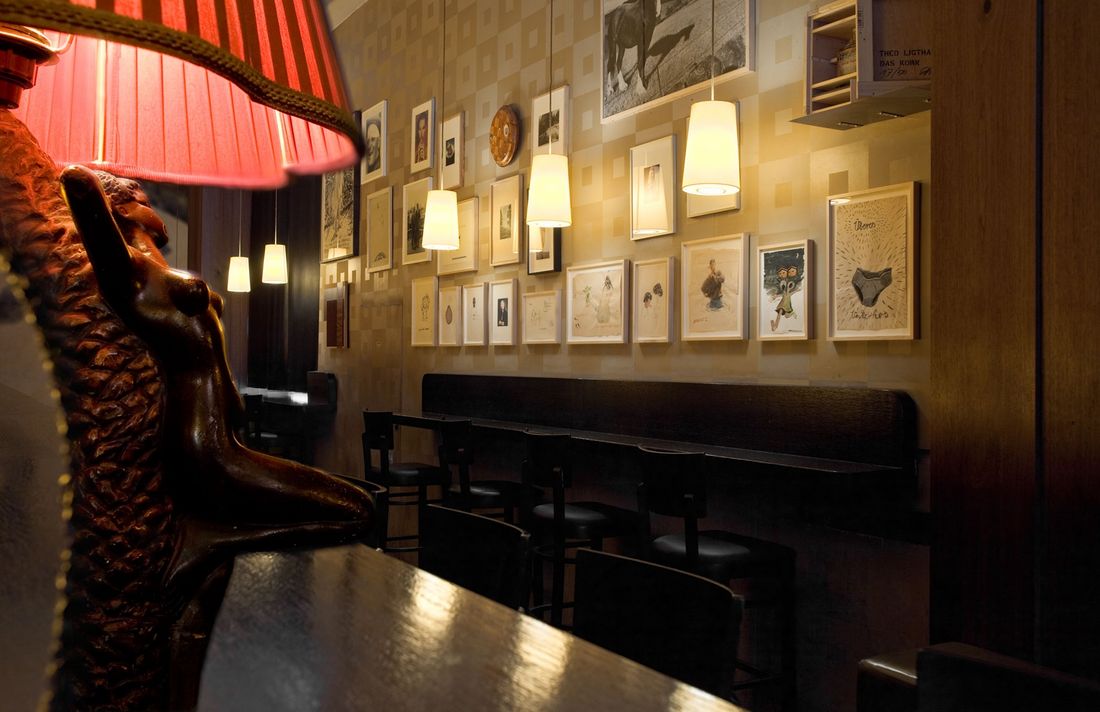Preface: Why We Drink and Why This Book
Asked whether he believed in God, Frank Sinatra once answered, “I'm for anything that gets you through the night, be it prayer, tranquilizers, or a bottle of Jack Daniels.”
If we see the night as the refuge of the sinister, the seat of the invisible and unknown, the time when we are exposed to fears and reservations without distractions, then it quickly becomes apparent why alcohol, despite all its inherent dangers, still hasn’t bowed out of our culture. With the onset of dusk the seductive call for drinks becomes louder. For centuries there has been a battle between the do’s and don’ts, between purging and purgatory. It remains a draw. Euphoria and intoxication demand their price. Headaches the day after, swollen livers or actual addictions threaten, and still we are unable to keep our hands off alcohol.
It soothes our doubts and releases us from the merciless passage of time. In the happy, ecstatic realms of intoxication neither clocks nor worries play a role. As euphoric versions of ourselves we land unconditionally in the here and now. Past and future are blanked out. Thoughts flow freely.
Ancient Greece knew the symposium, a ritualized form of wining and dining, binding excessive wine drinking with witty reflection on specific topics. Herodotus told us that the ancient Persians usually spoke about important matters in a state of intoxication and reassessed them the next day when sober. Vice versa, decisions made when sober were retested in a drunken state. This initial, pretty sensible-sounding use of alcohol increasingly fell into disuse in subsequent millennia.
Places of cultivated drinking are on the precipice of excess. But a venerable gastronomic provision that the Americans introduced to Europe at the World’s Fair in 1889 points to a way out of this dilemma. At the foot of the newly erected Eiffel Tower they presented in the American bar both a completely new handling of mixed alcohols and a new gastronomical concept that moved away from the rigid seating plans of restaurants and enabled the free choice of variable conversation partners. Up until that time, the ladies were expected to amuse themselves after dinner while the men withdrew to the library for a cherished cigar. Now, with the American bar, there was even room for women and communication between the sexes. It probably wasn’t the last time that alcohol was the fuel of social progress, although it can’t be denied that it has also often acted as brake fluid.
The bar is actually nothing more than the workplace of the barkeeper, but in this new concept of the taproom the bar was, on the one hand, a boundary separating the guest from the bar staff and the spirits, and, on the other, the hub and eponymous trademark of this gastronomical novelty. The barkeeper, now in focus, advanced to master of ceremonies. A barkeeper is, if required, comforter, friend, and accomplice, yet also someone of authority who has to tell some guests that enough is enough for one evening.
Ten years ago, we—that is, the manager of the Victoria Bar, Stefan Weber; his associate Kerstin Ehmer; barkeeper Gonçalo de Sousa Monteiro, who in the meantime has set up his own business with the Buck and Breck; and, the soul of the business, bargirl Beate Hindermann—began tracing the history of alcohol. On closer inspection of the development of our most common spirits, expanded by the eventful five-hundred-year history of champagne, we were astonished by the tight link of political and economic processes to the shaping of individual spirits. Every shift in power, every war, every technical innovation left an impression on the appearance and taste of alcohol brands up to their present state. New markets were found, old ones collapsed, exotic ingredients were discovered in far-flung corners of the world, vineyards and factories burst into flames only to rise up again, and tax on alcohol made some wars possible while also financing schools and railways. Politicians, generals, writers, musicians, and actors found inspiration and downfall.
The results of our research were poured into the School of Sophisticated Drinking. On a cold and foggy November day in 2003, flanked by a set menu of five cocktails, we held the first lecture in the now-legendary series in the Victoria Bar. As during the liquid part of the lecture some of the knowledge imparted was blurry by the next morning, there was a need for a work that would make the collected knowledge accessible at home. So we settled down and edited and expanded the lecture material into its present form.
We highly recommend an appropriate drink to accompany the reading matter. One or, at the very most, two. Then stop, sleep, and on with the next chapter tomorrow.
Cheers, prost, skol, salud, na sdarówje, and à votre santé!
Kerstin Ehmer and Beate Hindermann


